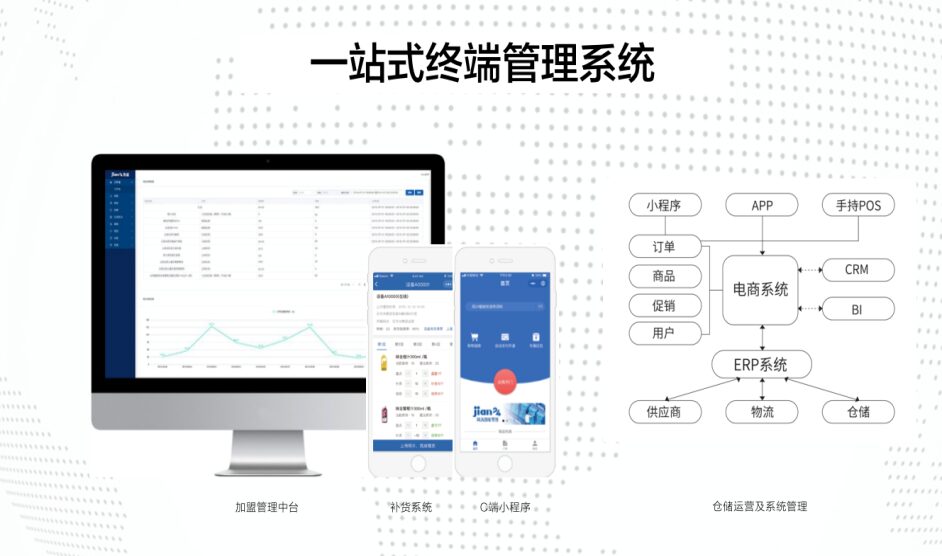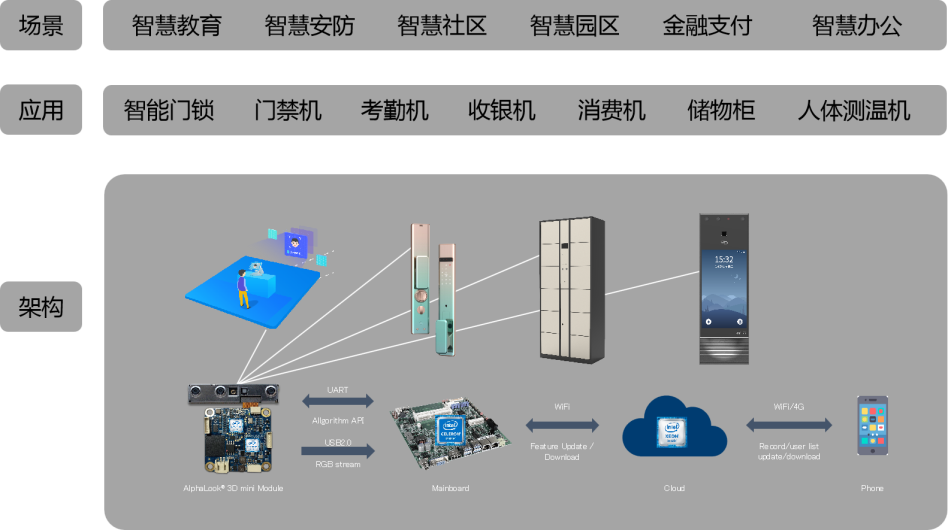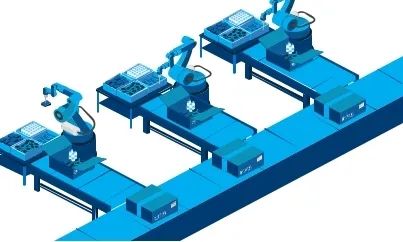The emergence of the Internet of Things and artificial intelligence has led to profound transformations across various industries. The technological upgrade from cloud to edge has also imposed new requirements on different sectors.
According to data from the well-known organization IDC, it is estimated that by 2025, about 75% of data will be generated and processed at the edge. The massive data generation continuously raises the demand for edge computing capabilities, making edge intelligence a crucial computing domain.
Predictions indicate that the global IoT market will grow at a compound annual growth rate of 10.6%, expanding from $653.6 billion in 2019 to $1,080.4 billion by 2023.
This reflects the vast scale of the edge computing market and serves as a reminder to competitors in the market to prepare their development strategies in advance to seize the first-mover advantage in the field of edge computing.
Edge computing is seen as one of the key points in the upgrade process of the IoT, and its integration with various sub-sectors of the IoT will accelerate the practical implementation and innovative applications of artificial intelligence.
The rise of edge intelligence will inject strong momentum into the development of digitalization and intelligence, ushering in a new era of computing.
In the process of IoT development, software definition has become a trend. For edge device users, they can dynamically adjust the applications running on edge devices according to their application needs and call upon the underlying hardware resources supporting these applications, which requires various support from virtualization, data security, AI computing power, and more.
Currently, computing box products based on AI edge acceleration platforms are fully empowering ecosystem partners in the market, unlocking the value of edge computing. Solutions based on edge acceleration platforms have already been implemented in various fields, including industry, smart cities, new retail, and healthcare.
Smart Cities
Unattended On-Street Parking System
By detecting and tracking the number of parked cars on the roadside and combining with license plate recognition, automated parking detection is achieved.
Fully Unattended, Filtering Large Amounts of Invalid Data Through Edge Computing
Support for Multiple Algorithms Running Simultaneously, Algorithms Can Be Dynamically Selected and Deployed via Algorithm Marketplace
Real-Time Image Processing
Edge Computing Filters Invalid Data
Rich Scalability
Intelligent Security Check
Identifying potential dangerous and prohibited items enhances security in airports, transfer centers, government buildings, and other public places requiring security checks.
Online Updates and Execution of Local Analysis
Easy Deployment via Cloud
Extracting Data from GPU and Sending it to CPU for Analysis, Reducing Costs While Ensuring Accuracy and Speed
Dynamic Face Recognition Turnstile
Provides high-precision, low-latency personal identity and face recognition for digital security applications.
Reduce Expenses by Lowering Labor Costs and Eliminating Redundancies
Simplifying Security Measures with Automatically Running Security Programs and Smart Interconnect Technology
Enhancing Performance by Integrating Solutions at Scale into Current Systems
Cloud Storage and Search Functionality for Facial Data and Access Records
New Retail
Smart Vending Machines

Integrating cutting-edge technologies such as computer vision, deep learning, and composite sensors, smart upgrades of vending machines are realized through object recognition, user biometric recognition, posture semantic recognition, and product identification.
Using Machine Learning and Big Data Analysis to Help Retail Enterprises Achieve Personalized Precision Marketing and Seamless Integration of Online and Offline Services
Achieving Unmanned Management, Face Recognition, Intelligent Identity Recognition, Full Tracking, and Automatic Settlement
Intelligent, Low Cost, Multi-Scenario, High Efficiency

3D Vision for Seamless Passage and Payment

Facial information is processed through encrypted computation to achieve higher precision and security levels in 3D face recognition and anti-counterfeiting. This can equip various smart terminal devices with an AI brain, creating a secure, convenient, and intelligent experience for seamless passage and payment through a cloud-edge integrated system architecture.
3D Face Anti-Counterfeiting Detection Can Identify Various Counterfeit Attacks from Printers, Mobile Phone Photos, Videos, Silicone Masks, 3D Printed Masks, etc., with an Accuracy Rate Exceeding 99%
Adaptable for Heights Ranging from 120cm to 190cm, No Need to Bend or Stand on Tiptoes for Recognition
Can Provide a Smooth ‘Seamless’ Passage Experience in Complete Darkness or High-Intensity Outdoor Light Conditions

Industry
Smart Factory

Intelligent edge devices are deployed on-site in various scenarios of the factory, quickly targeting personnel, equipment, and locations based on audio and video image AI recognition, combined with IoT data analysis from automated equipment on lathes/production lines, to make precise safety production warnings, thereby improving overall factory management, reducing safety incidents, increasing production efficiency, and enhancing the market competitiveness of enterprises.
Fast Detection Speed
Multiple Algorithms Can Be Deployed Simultaneously
Visual Alarm
Can Eliminate Redundant Jobs, Reducing Costs and Increasing Efficiency
Simple Deployment
Fast Detection Speed
Can Reuse Old Equipment
Customizable

3D Vision Industrial Robots

Through intelligent cameras, visual algorithm software, and intelligent programming, various objects’ positions and directions are identified, assisting clients in logistics and manufacturing to implement pallet depalletization, box selection, and machine maintenance tasks.
Using Intelligent Motion Control to Reduce Collisions and Improve Efficiency
Quickly and Accurately Identifying Various Objects Using Advanced Algorithms
Cost Advantage, Helping Clients Reduce Costs

Healthcare
AI Multi-Person Temperature Measurement System
The multi-person AI temperature measurement system is equipped with industrial high-performance computers, AI acceleration computing modules, and industrial binocular cameras. This system can be installed on vehicles, doors, and access control systems, supporting various application scenarios such as residential areas, office buildings, schools, crowded transportation hubs, and public environments.
Maintaining Safe Distances to Improve Health for Customers and Employees
Eliminating Handheld Temperature Sensors to Enhance Employee and Operational Efficiency
Using Stable and Reliable Solutions for Accurate Temperature Detection
Deploying True Non-Contact Temperature Measurement Solutions at Entrances to Protect Employee Health
Utilizing the System’s Deep Neural Network Inference Algorithms, Deployable from Transportation Hubs to Retail Environments
Accessing Real-Time Video Streams to Support Personnel Statistics, Anomaly Monitoring, and Fever Alerts
All the above cases are already implemented application examples. Being closer to the devices and data sources, edge computing demonstrates outstanding advantages in reducing latency, lowering bandwidth costs, enhancing data security, adapting to weak network environments, and providing continuously high-availability services.
Currently, end-to-end solutions based on edge computing in the IoT industry are becoming scalable and repeatable solutions, reducing costs and increasing efficiency for enterprises, laying the foundation for competition in the wave of intelligence.